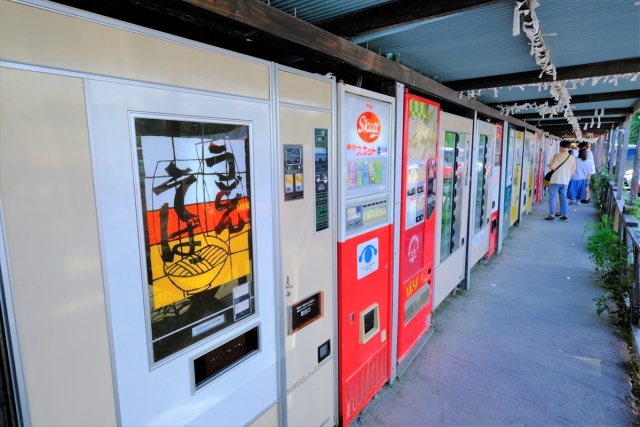
Step back in time with old-school vending machines that dispense unique products in retro packaging.
We’ve visited a lot of vending machine sites in our time, but by far one of the best in the country can be found at a rather unusual location: a used tyre market called Sagamihara.
▼ The place to go for used tyres, and a whole lot of vending machine nostalgia.
While the company here has its main business in the used tyre industry, it’s become even more famous for its vending machines, with nearly 100 retro models in operation. This treasure trove of old-school machines is so impressive we’d go so far as to call it the top retro vending machine mecca in Japan.
▼ There are so many vending machines they’ve even spread to the workshop area.
▼ The place draws a crowd on weekends, with the parking lot full on a Saturday when we visited.
The overwhelming majority of visitors are here for the vending machines, many of which are hard if not impossible to find anywhere else. Stepping beneath the scaffolding is like stepping back in time, as old-school machines, with their retro displays, are lined up side by side.
As these photos show, the line of vending machines is loooong, providing visitors with a vast array of exciting discoveries.
▼ Machines as far as the eye can see, and what’s even more impressive is that they’re all stocked and fully working.
According to the tyre company that runs the site, the vending machines were initially installed as a way to help customers pass the time while they waited for their tyres to be changed. It worked out to be a great idea in the long run, as the company’s expertise in tyres and repairing vehicles has proved handy in the upkeep of the machines — the supply of parts for these old machines may have ended years ago, but staff onsite have the skills and tools to repair and maintain the old-school contraptions.
▼ Our reporter Haruka Takagi decided to try a few of the machines, starting with one that sold soba and udon noodles.
The options were “Meat Udon” or “Meat Soba“, with each one costing 400 yen (US$2.76). Haruka selected the former, and after slowly feeding her coins into the slot, she was delighted to see the old timer light up, counting down the seconds until her food would be ready.
When the timer finished its countdown, Haruka swung open the door below and retrieved her piping hot bowl of noodles.
The noodles really were piping hot — the container was made of soft resin so it didn’t do a lot to keep your fingers from scalding. Definitely something to take note of if using the machine with kids, as you won’t want them to retrieve the bowl and burn their fingers.
▼ The noodles might be hard to hold but they’re a beauty to behold. Can you believe this came out of a vending machine?
Haruka was starving so she worked through the heat, gripping the bowl in a way that didn’t scorch her fingertips, and when she took her first slurp, she was totally satisfied with the flavour. It had a rustic and simple taste that reminded her of yesteryear, when things were plainer and less fettered with fancy accoutrements designed for the ‘Gram.
▼ Nobody was here for fancy food, though — everyone was here for the priceless experience of travelling back in time to try things that people ate decades ago.
Once she’d slurped up the last of her noodles, Haruka placed her bowl in the returns basket and moved on to explore some of the other machines.
▼ The next vending machine to catch her eye was one with a rotating feature.
This one had a unique method for retrieving your purchase — the metal door opens after you’ve inserted your coins and made your selection.
▼ The door closes automatically after eight seconds, so you won’t want to dilly dally while taking out your item.
There are so many different types of vending machines on the premises that it’s like being in an interactive museum.
▼ Some of Haruka’s favourite finds were the retro Cup Noodle vending machines.
These old Lotte ice cream vending machines were also fantastic. Haruka had never seen anything like these before in her life, but she could imagine the excited looks that these display cases would’ve brought to children, and adults, back in the day.
▼ Haruka was also amazed to find an omikuji fortune machine, sometimes seen at shrines, squashed in between two old drink machines.
▼ Another blast from the past was this old Coca-Cola vending machine stocked with one-litre bottles of soft drink.
▼ And how about this instant camera vending machine by Kodak? This would’ve saved many a tourist in the pre-smartphone era.
▼ Coil-type vending machines aren’t uncommon today, but the ones here are all quite old, with push-button panels.
▼ Check out this old Dydo machine! Back when Dydo, the maker of well-known drinks like Boss coffee, was operating as “Daido“
Tucked away in one corner there was even an old jukebox, which made us realise that this too was a vending machine of sorts — vending your favourite tunes in exchange for some small change.
Haruka began to feel her hunger rising as she passed by the mouthwatering displays on a lot of the vending machines, so she stopped to try a hamburger at this machine that looked to be popular with visitors.
There were three burgers to choose from: Fish, Prawn Fried Cutlet, and Chicken Fried Cutlet. Again, Haruka couldn’t believe that these old machines with their worn-out buttons actually worked, and this one was especially cheap, with all the burgers priced at 280 yen.
After waiting a little while — these machines don’t work as fast as their modern-day counterparts — Haruka heard something fall into the tray below, and reaching in to retrieve it, she was thrilled to see her purchase came in original old-school packaging!
Opening the box to eat the burger was a fun experience, but again this was a product that was hot to touch. Who knew the heating of these old machines was so overpowered?
After letting the burger cool down for a bit, Haruka was finally able to bite into it, and when she did, she was mighty pleased. It was absolutely delicious, and a bargain for 280 yen!
She still had room in her belly for more vending machine food, though, so Haruka stopped to make a purchase at the Bon Curry vending machine.
At first, Haruka thought the man in the photo on the machine was a baseball player, but it turned out to be third-generation rakugo storyteller Ninikaku Shofukutei. He was nowhere to be seen on the package, though, which looked like it had travelled straight from the ’60s.
▼ Bon Curry was introduced to the market in 1968 as Japan’s first ready-to-eat retort curry.
The Bon Curry cost 400 yen, and included roux, rice and a spoon. Again, a simple-looking meal that made Haruka feel as if she had time-travelled to the past.
As expected, this tasted like a good retort curry — no surprises here. Just like the burger and noodles, though, the curry was hot to touch.
▼ Bon Curry that came out of a vending machine from the Showa era? That’s a special meal right there.
If you’re thinking of making your own pilgrimage to this holy mecca of Japanese vending machines, there are a few points you’ll want to keep in mind to make your visit more enjoyable. Firstly, you should stock up on a lot of coins beforehand, as these machines don’t take bills.
▼ In fact, most of the machines don’t even take 500-yen coins — only 10, 50 and 100-yen coins.
There is a change machine on site, but it’ll only change 1,000 yen bills into 100-yen coins, and there’s no guarantee it won’t run out of coins, so it’s best to come prepared.
Secondly, it’s handy to bring a towel with you, seeing as it’ll help you hold those hot-to-touch items.
Retro vending machines, including the udon and soba machine, aren’t great at delicate work so it’s not uncommon for liquid to overflow or drip from the container before you retrieve it. So using a towel to hold your bowl of noodles will help keep your fingers safe from any boiling hot liquid that may be on the outside of the bowl when you receive it. Plus, it’s handy for drying your hands when you use the restroom, which can be crowded on weekends.
Thirdly, you’ll want to buy your favourite products as soon as you spot them, as there’s a danger they might be sold out by the time you do a loop of the area and get back to them again. Staff appear to replenish products regularly, but there’s always a possibility that popular products may sell out, especially on busy days. In fact, when Haruka used the noodle machine, the Tempura Udon and Tempura Soba had red “sold out” signs on their buttons so she was unable to buy them.
The last tip is to use the machines slowly and with care.
Unlike modern vending machines, many of the older vending machines aren’t capable of quick processing. By slowly and carefully inserting coins and pressing buttons, you can prevent malfunctions such as coin jams. If a problem does occur, it’s possible to receive help from staff at the used tyre market while they’re open by calling the phone number posted onsite.
▼ That’s what Haruka did when when the buttons were out of order on one machine, and she was able to get a peek into its inner workings.
While the used tyre market itself has set business hours, the vending machines are open every hour of the day, seven days a week, to help make retro dreams come true whenever it’s convenient for you.
So next time you’re looking for a unique vending machine in Japan, be sure to stop by the tyre market, which is located in Tokyo’s neighbouring Kanagawa Prefecture. And if you’re looking for another rare vending machine, you can’t miss these ones, which are manually operated by a Japanese grandma in the countryside!
Site information
Used Tyre Market Sagamihara Store / 中古タイヤ市場 相模原店
Address: 神奈川県相模原市南区下溝2661-1
Kanagawa-ken, Minami-ku, Sagamihara, Shimomizo 2661-1
Open 10 a.m.-7:00 p.m.
Closed Wednesdays
Vending machines open 24 hours every day
Website
Photos © SoraNews24
● Want to hear about SoraNews24’s latest articles as soon as they’re published? Follow us on Facebook and Twitter!

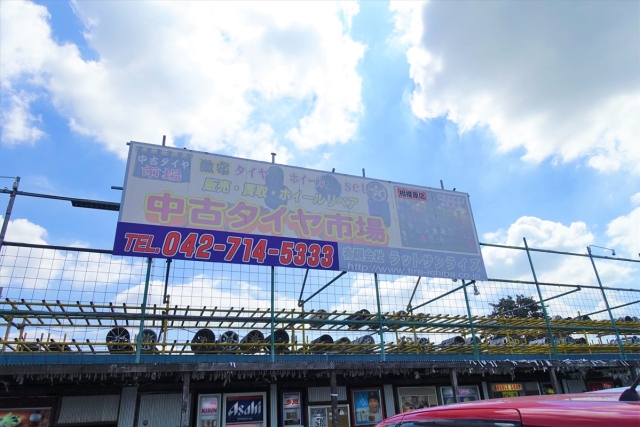
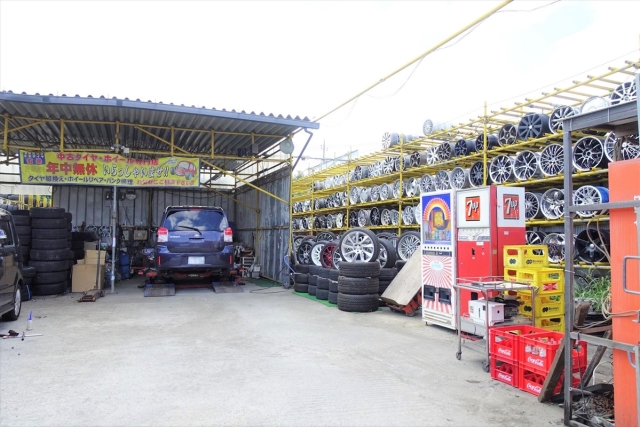
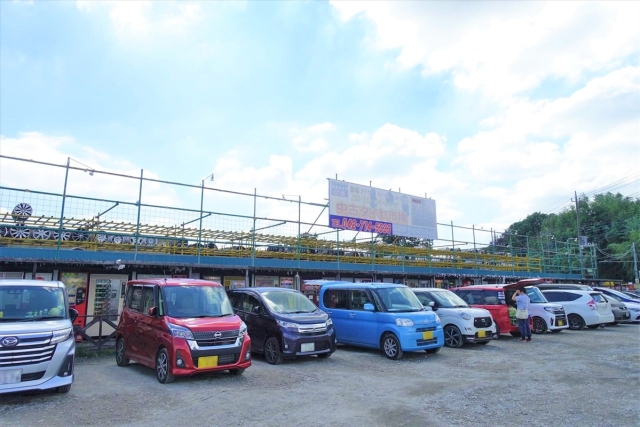
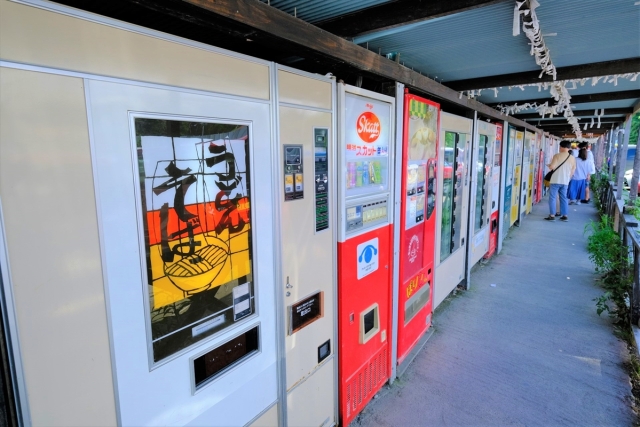
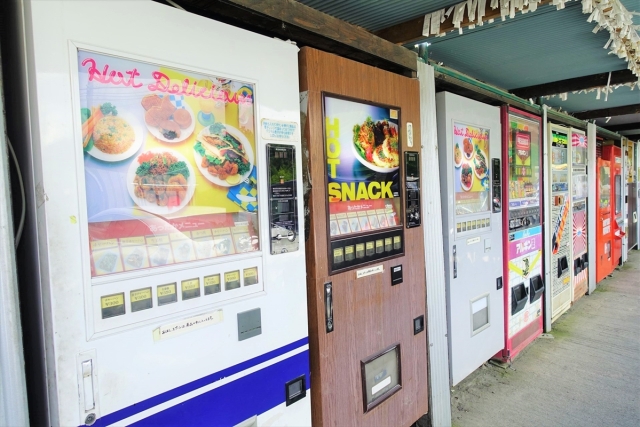

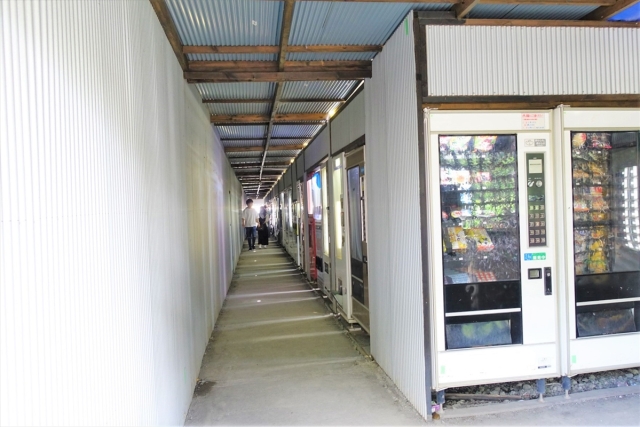
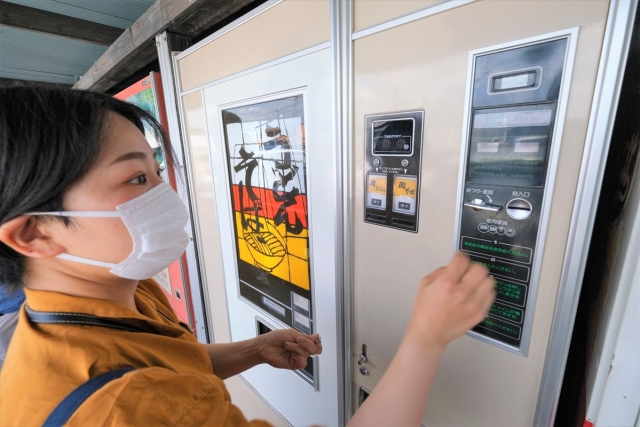

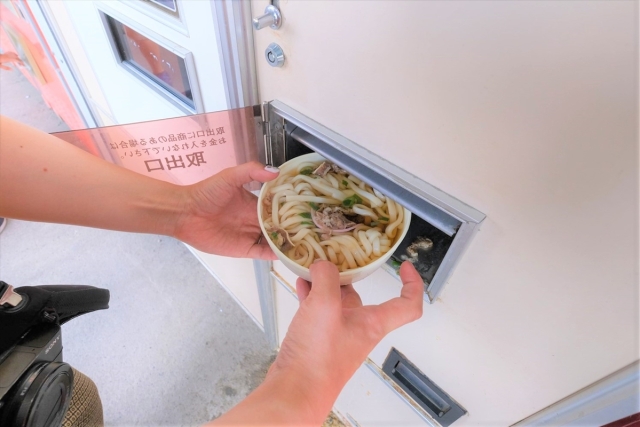
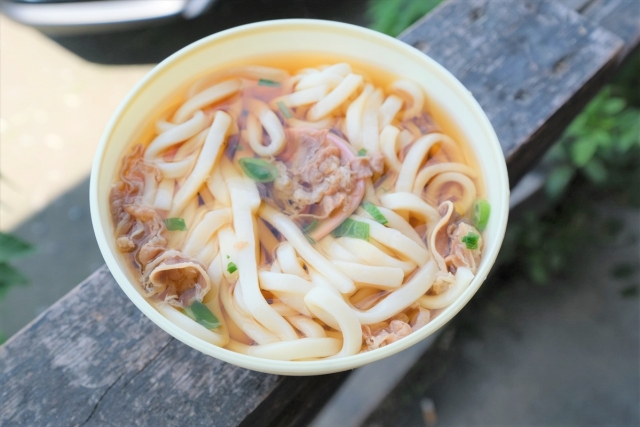
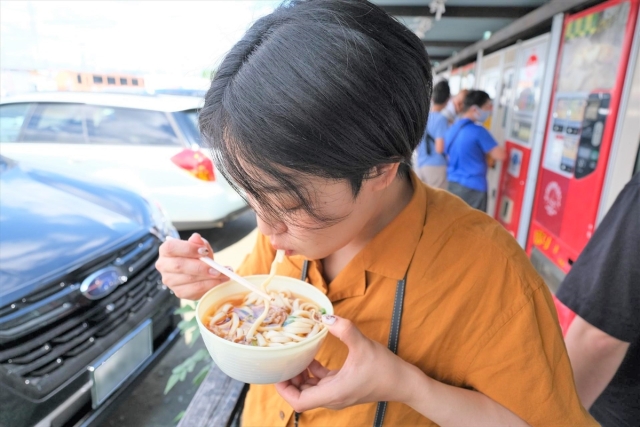
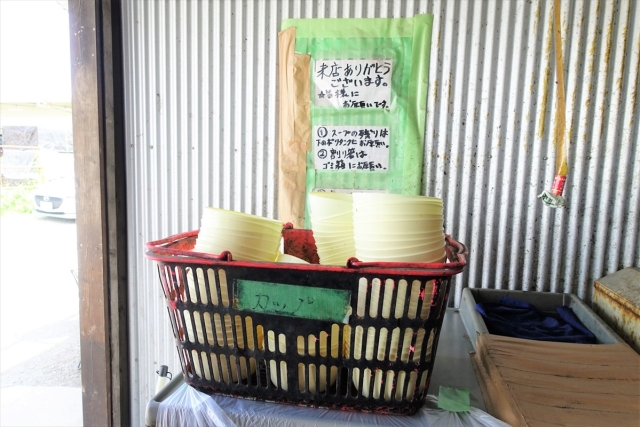
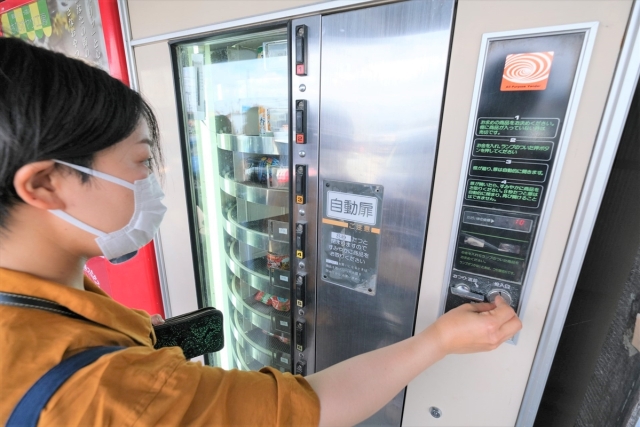
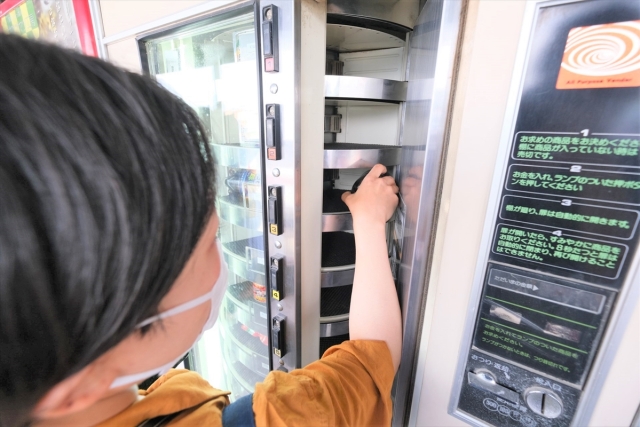
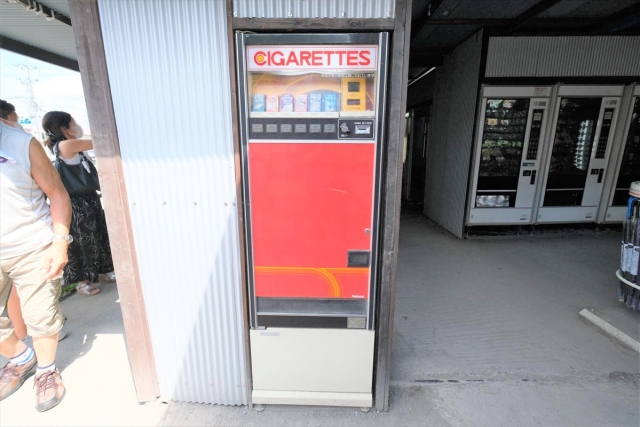
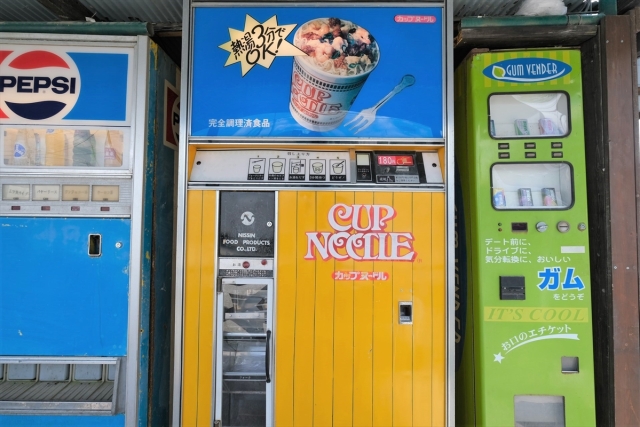
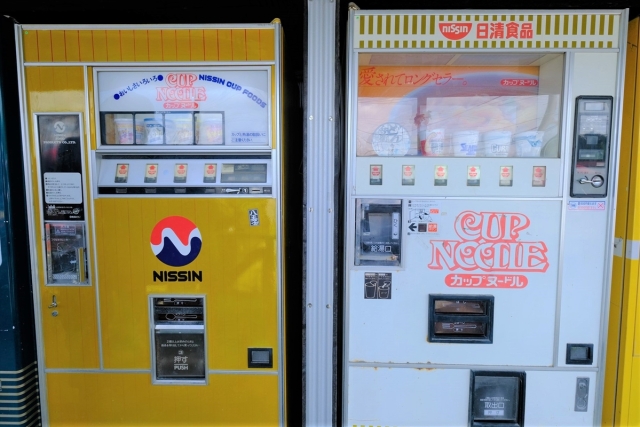
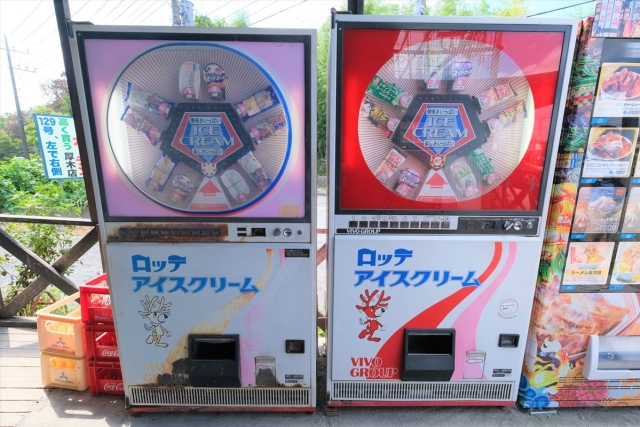
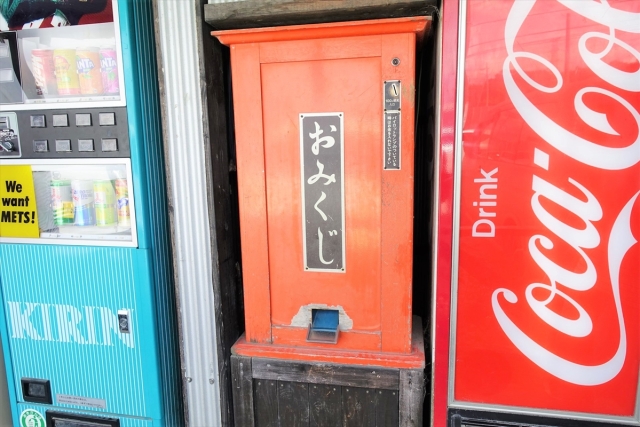
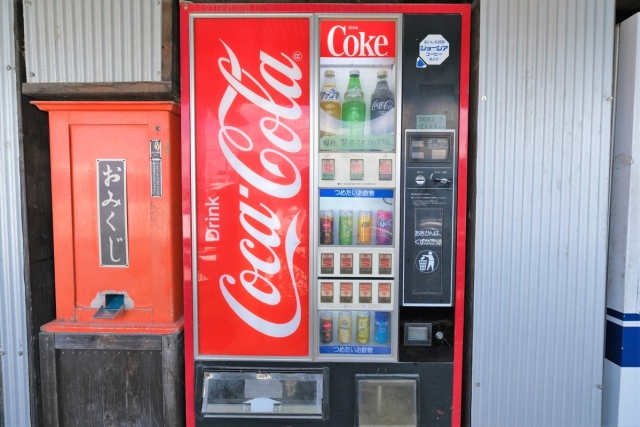
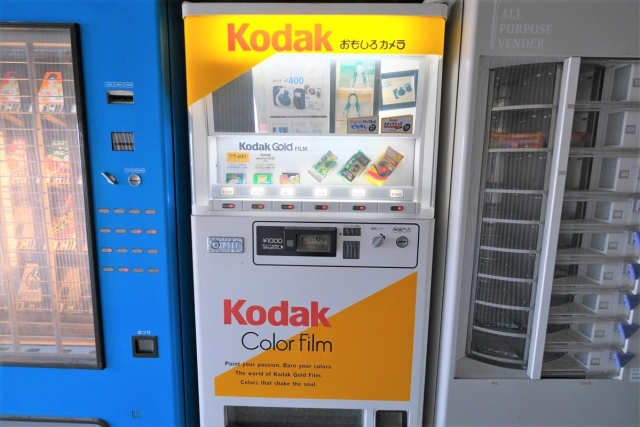
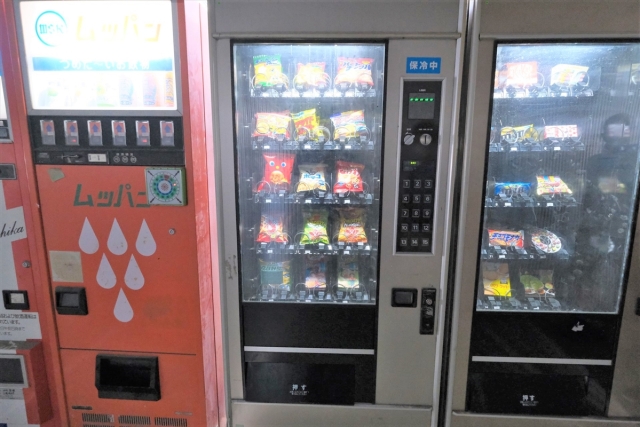

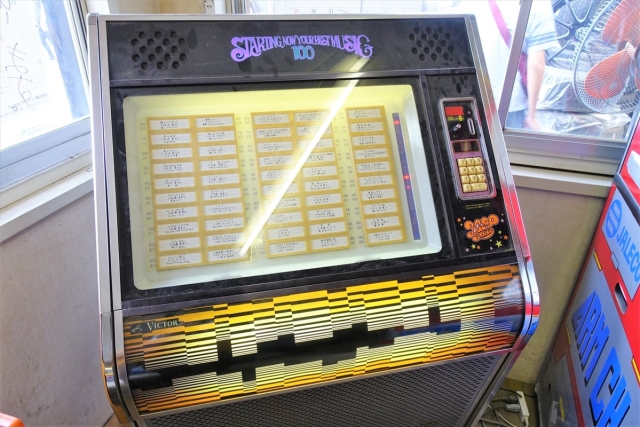
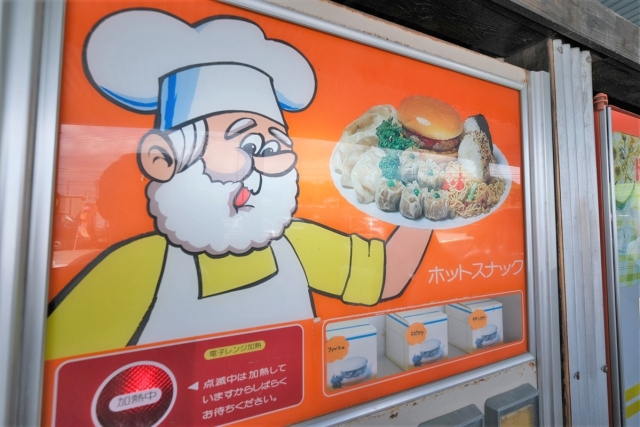
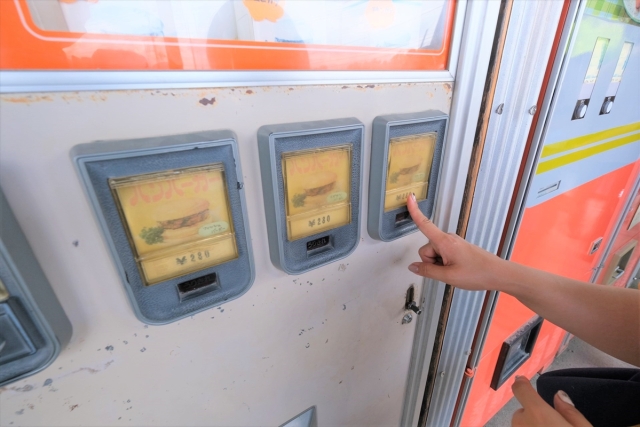
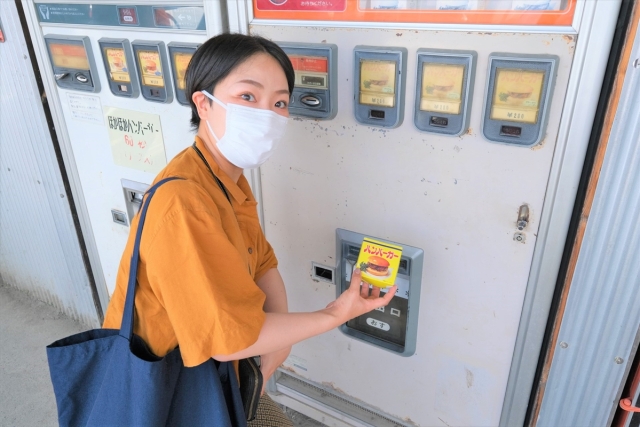
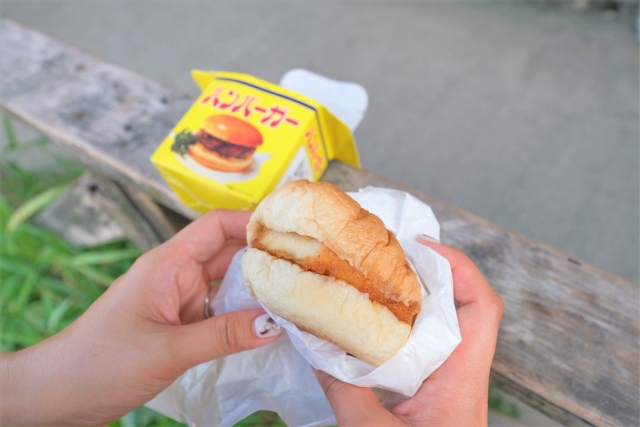
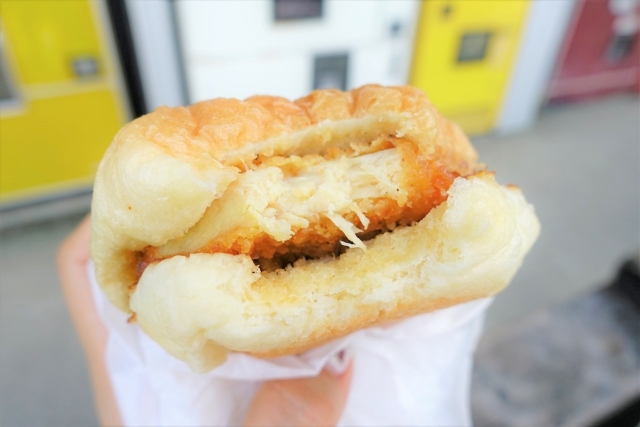

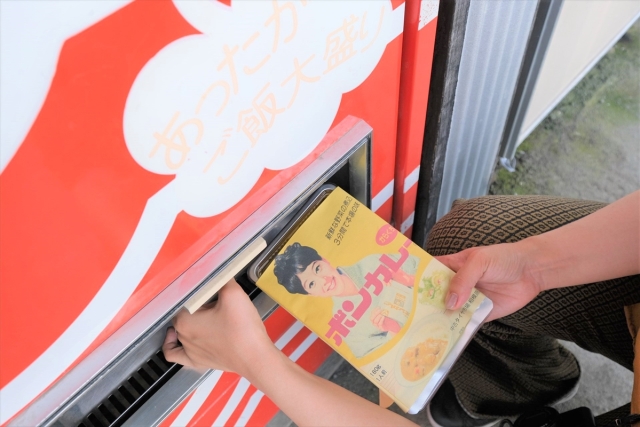
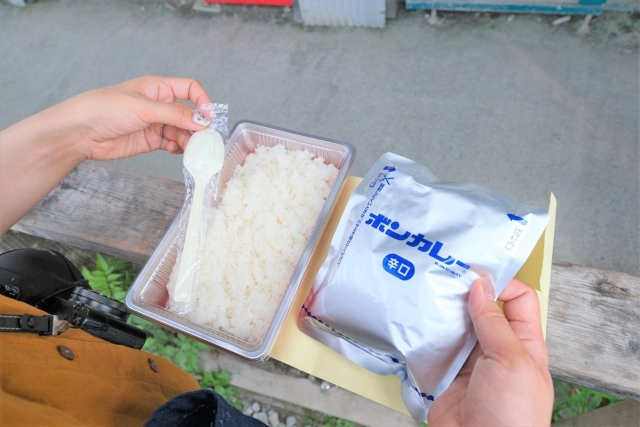
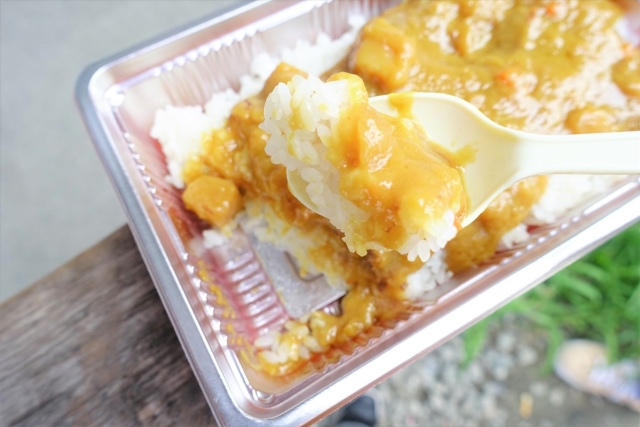
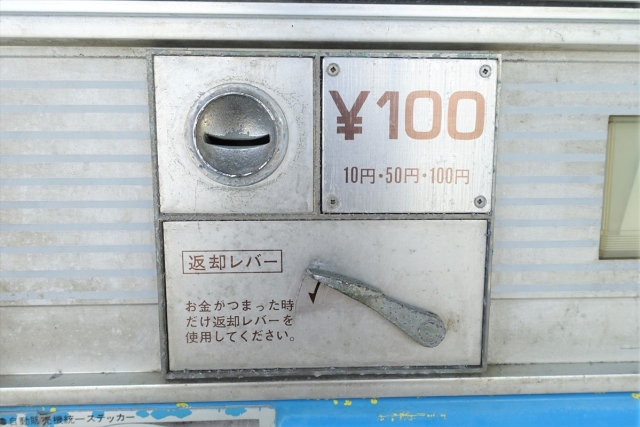
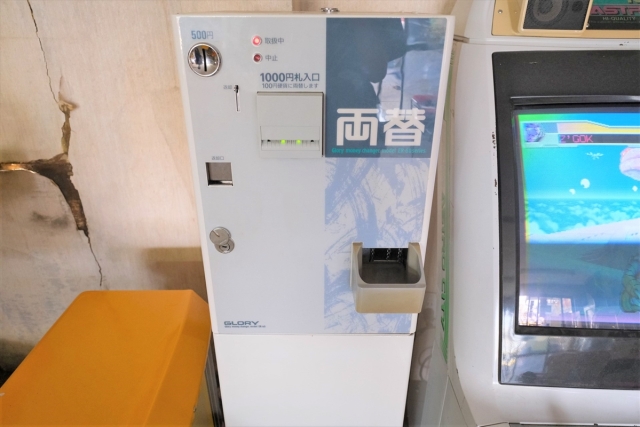
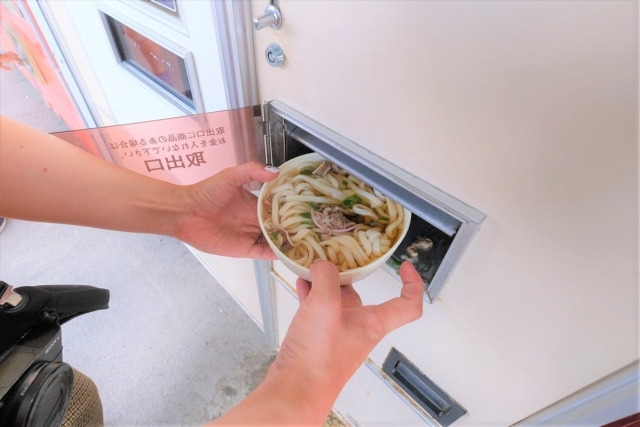
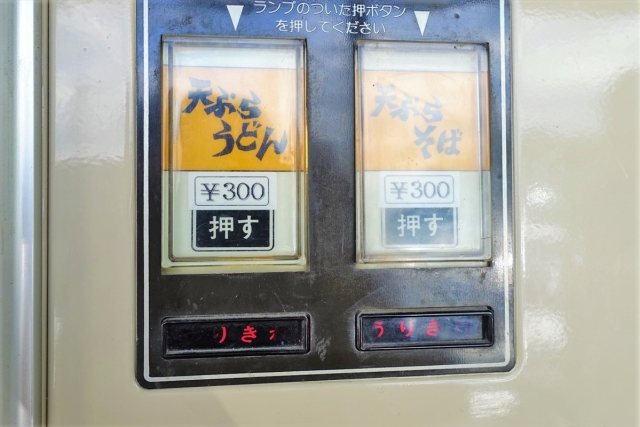
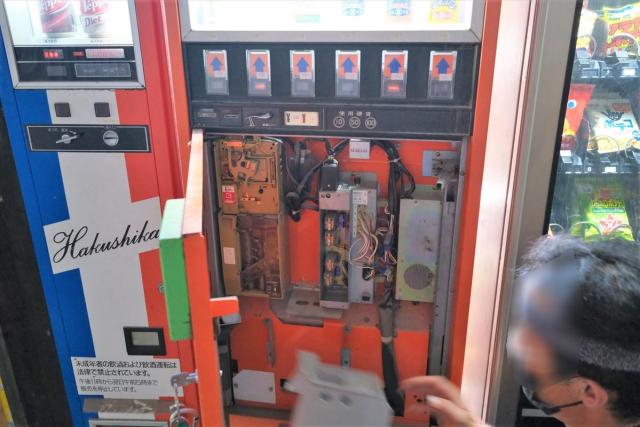
 Vending machine noodle ice cream: A retro icon in Japan brings joy to a new generation
Vending machine noodle ice cream: A retro icon in Japan brings joy to a new generation Weird Japanese vending machine comes with a heartwarming twist
Weird Japanese vending machine comes with a heartwarming twist We push our luck and buy a lucky bag from a Japanese vending machine
We push our luck and buy a lucky bag from a Japanese vending machine Weird Japanese vending machine find gives us unique sweet potato sweets
Weird Japanese vending machine find gives us unique sweet potato sweets Try-your-luck vending machine proves it doesn’t always pay to take a gamble
Try-your-luck vending machine proves it doesn’t always pay to take a gamble How to order snacks on a Shinkansen bullet train in Japan
How to order snacks on a Shinkansen bullet train in Japan Japan’s new difficult-to-drink-from beer glass protects your liver, but it’s a brutal experience
Japan’s new difficult-to-drink-from beer glass protects your liver, but it’s a brutal experience Demon Slayer: Kimetsu no Yaiba gets new roller coaster attractions and food at Universal Studios Japan
Demon Slayer: Kimetsu no Yaiba gets new roller coaster attractions and food at Universal Studios Japan Burger King Japan suddenly adds Dr. Pepper and Dr. Pepper floats to its menu nationwide
Burger King Japan suddenly adds Dr. Pepper and Dr. Pepper floats to its menu nationwide New Pokémon ice cream, dessert drinks, and cool merch coming to Baskin-Robbins Japan【Pics】
New Pokémon ice cream, dessert drinks, and cool merch coming to Baskin-Robbins Japan【Pics】 New Nintendo Lego kit is a beautiful piece of moving pixel art of Mario and Yoshi【Photos】
New Nintendo Lego kit is a beautiful piece of moving pixel art of Mario and Yoshi【Photos】 New samurai glasses are Japan’s latest weird must-have souvenir
New samurai glasses are Japan’s latest weird must-have souvenir Kyoto Tower mascot termination reveals dark side behind cute Japanese characters
Kyoto Tower mascot termination reveals dark side behind cute Japanese characters Hello, cosmetics! Clinique teams up with Hello Kitty this summer for first-time collaboration
Hello, cosmetics! Clinique teams up with Hello Kitty this summer for first-time collaboration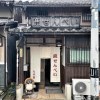 This Nara workshop has been making deer crackers for more than 100 years and offers tours【Photos】
This Nara workshop has been making deer crackers for more than 100 years and offers tours【Photos】 Nintendo history you can feel – Super NES, N64, and GameCube controllers become capsule toys
Nintendo history you can feel – Super NES, N64, and GameCube controllers become capsule toys “The most Delicious Cup Noodle in history” – Japan’s French Cup Noodle wins our heart【Taste test】
“The most Delicious Cup Noodle in history” – Japan’s French Cup Noodle wins our heart【Taste test】 Starbucks releases a cute Frappuccino and Unicorn Cake…but not in Japan
Starbucks releases a cute Frappuccino and Unicorn Cake…but not in Japan McDonald’s Japan’s Soft Twist Tower: A phantom ice cream only sold at select branches
McDonald’s Japan’s Soft Twist Tower: A phantom ice cream only sold at select branches Yabai Ramen: What makes this Japanese ramen so dangerous?
Yabai Ramen: What makes this Japanese ramen so dangerous? Finally! Nintendo Japan expands Switch 8-bit controller sales to everybody, Online member or not
Finally! Nintendo Japan expands Switch 8-bit controller sales to everybody, Online member or not Japanese government wants to build luxury resorts in all national parks for foreign tourists
Japanese government wants to build luxury resorts in all national parks for foreign tourists To combat declining birth rate, Japan to begin offering “Breeding Visas” to foreigners
To combat declining birth rate, Japan to begin offering “Breeding Visas” to foreigners 10 things you should buy at 7-Eleven in Japan
10 things you should buy at 7-Eleven in Japan Studio Ghibli releases anime heroine cosplay dresses that are super comfy to wear
Studio Ghibli releases anime heroine cosplay dresses that are super comfy to wear Woman charged for driving suitcase without a license in Osaka
Woman charged for driving suitcase without a license in Osaka Studio Ghibli unveils My Neighbour Totoro miniature house model
Studio Ghibli unveils My Neighbour Totoro miniature house model Kyoto experiencing problems with foreign tourists not paying for bus fares, but not on purpose
Kyoto experiencing problems with foreign tourists not paying for bus fares, but not on purpose Fighting mild hunger with a Japanese soda that turns into jelly in the stomach【Taste test】
Fighting mild hunger with a Japanese soda that turns into jelly in the stomach【Taste test】 Studio Ghibli’s Howl’s Moving Castle tapestry unveiled in Japan for first time
Studio Ghibli’s Howl’s Moving Castle tapestry unveiled in Japan for first time McDonald’s new Happy Meals offer up cute and practical Sanrio lifestyle goods
McDonald’s new Happy Meals offer up cute and practical Sanrio lifestyle goods Sales of Japan’s most convenient train ticket/shopping payment cards suspended indefinitely
Sales of Japan’s most convenient train ticket/shopping payment cards suspended indefinitely Sold-out Studio Ghibli desktop humidifiers are back so Totoro can help you through the dry season
Sold-out Studio Ghibli desktop humidifiers are back so Totoro can help you through the dry season Japanese government to make first change to romanization spelling rules since the 1950s
Japanese government to make first change to romanization spelling rules since the 1950s Foreigner’s request for help in Tokyo makes us sad for the state of society
Foreigner’s request for help in Tokyo makes us sad for the state of society Ghibli founders Toshio Suzuki and Hayao Miyazaki contribute to Japanese whisky Totoro label design
Ghibli founders Toshio Suzuki and Hayao Miyazaki contribute to Japanese whisky Totoro label design Doraemon found buried at sea as scene from 1993 anime becomes real life【Photos】
Doraemon found buried at sea as scene from 1993 anime becomes real life【Photos】 Tokyo’s most famous Starbucks is closed
Tokyo’s most famous Starbucks is closed Princesses, fruits, and blacksmiths: Study reveals the 30 most unusual family names in Japan
Princesses, fruits, and blacksmiths: Study reveals the 30 most unusual family names in Japan Mask vending machines pop up at train stations around Taiwan to help commuters avoid fines
Mask vending machines pop up at train stations around Taiwan to help commuters avoid fines Sushi from a vending machine — would you try it? Mr. Sato did
Sushi from a vending machine — would you try it? Mr. Sato did Weird Japanese gacha lucky dip vending machine gives us more than we bargained for
Weird Japanese gacha lucky dip vending machine gives us more than we bargained for Spooky Japanese vending machine dispenses udon noodles with nobody around 【Video】
Spooky Japanese vending machine dispenses udon noodles with nobody around 【Video】 We make a Japanese ice cream vending machine
We make a Japanese ice cream vending machine First-ever foot-operated vending machine appears in Japan during pandemic
First-ever foot-operated vending machine appears in Japan during pandemic Some of Japan’s most iconic vending machines will soon be no more
Some of Japan’s most iconic vending machines will soon be no more We try fresh orange juice squeezed for us by a vending machine in Saitama【Taste test】
We try fresh orange juice squeezed for us by a vending machine in Saitama【Taste test】 Aged vending machine in Tokyo appears to sell stag beetles
Aged vending machine in Tokyo appears to sell stag beetles We accidentally buy some silkworm candy at Hokkaido’s Vending Machine Land
We accidentally buy some silkworm candy at Hokkaido’s Vending Machine Land Japanese vending machines now have the strangest thing we never knew we needed: hot bottled water
Japanese vending machines now have the strangest thing we never knew we needed: hot bottled water The mystery of the phantom “sake pass card” at Japanese alcohol vending machines
The mystery of the phantom “sake pass card” at Japanese alcohol vending machines You can now buy Japan’s popular Yoku Moku Cigare cookies from a vending machine
You can now buy Japan’s popular Yoku Moku Cigare cookies from a vending machine Company president motivates employees via vending machine with personalised messages
Company president motivates employees via vending machine with personalised messages Ramen vending machine in Tokyo satisfies noodle and gyoza cravings at any time of day or night
Ramen vending machine in Tokyo satisfies noodle and gyoza cravings at any time of day or night
Leave a Reply